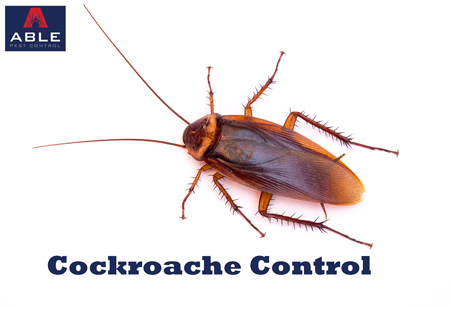Cockroach Control
The brown-banded cockroach has a fairly wide distribution, being found in the northeastern, southern, and midwest regions of the United States quite commonly. They are one of the most recent alien cockroaches to form breeding colonies in Britain and Ireland. They need less moisture than the German cockroach so they tend to be more broadly distributed in the home, such as in living rooms and bedrooms. They can often be found in homes and apartments, but are less common in restaurants. They tend not to be found in the daytime, since they avoid light.
In an experiment by Tsai and Chi they found that populations of brown-banded cockroaches would be expected to thrive in environments with a temperature between 25 and 33 °C.
The brown-banded cockroach eats a wide variety of items.
In an experiment by Cohen and colleagues they found that the larva of the brown-banded cockroach when given a choice will choose a casein:glucose ratio of 15.5:84.5. The larvae that ate only casein died early in the experiment, a few larvae that ate only glucose survived past the larval stage but did not make it to adulthood. A decline in consumption of carbohydrates was seen at the time of first and second moults.
Prakash and colleagues explain that the brown-banded cockroach has five segmented maxillary palps and the most distal fifth segment has the largest segment with the most variety of sensilla. With the variety of shapes and sizes of the maxillary it is expected that they would have a variety of functions. In Prakash and colleagues experiment they observed that the curved edge of fifth segment that remained most ventral and probes the substratum with it during foraging. On the fifth segment parallel to the curved ventral edge on the medial surface is a longitudinal furrow that’s densely lined with papillaform sensilla. The shaft of the papilla has a longitudinal slit near the distal tip, allowing dendrites of the sensillum to sense the external environment. These dendrites proceed in a wavy form through the shaft of the sensillum. The sensillum contains antennal glomeruli, suggesting that it has an olfactory role. Prakash and colleagues suggest that since the location of this sensilla is in the maxillary palp that this is a short-range olfactory detector for the micro-environment. The olfactory sensilla on the antenna and the double-walled sensilla on both palps probably serve as long-range odour sensors. The maxillary and labial palps show sexual dimorphism which suggests involvement in courtship. Females have more sensilla chaetica on both appendages than males whereas, males have more chemosensilla on the maxillary palps and taste sensilla on the labial palps.
According to Schall and colleagues the site of sex pheromone production in the female Supella longipalpa is located on the fourth and fifth abdominal tergites. Cuticular pores occur on all tergites, but the density is highest on the lateral margins of the fourth and fifth tergites.[ Each pore is connected via a long duct to modified epidermal cells, suggesting that these structures are involved in pheromone production.


